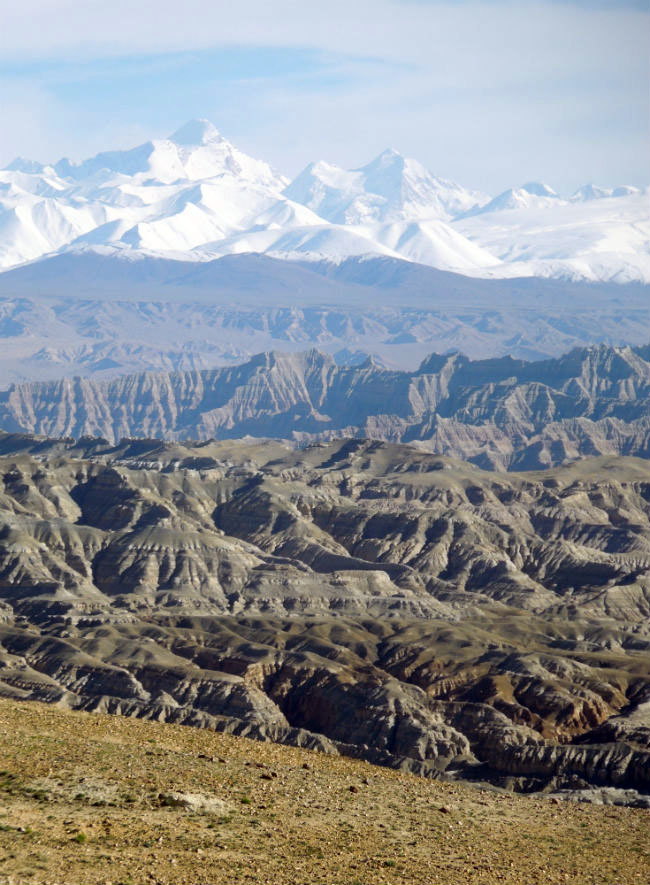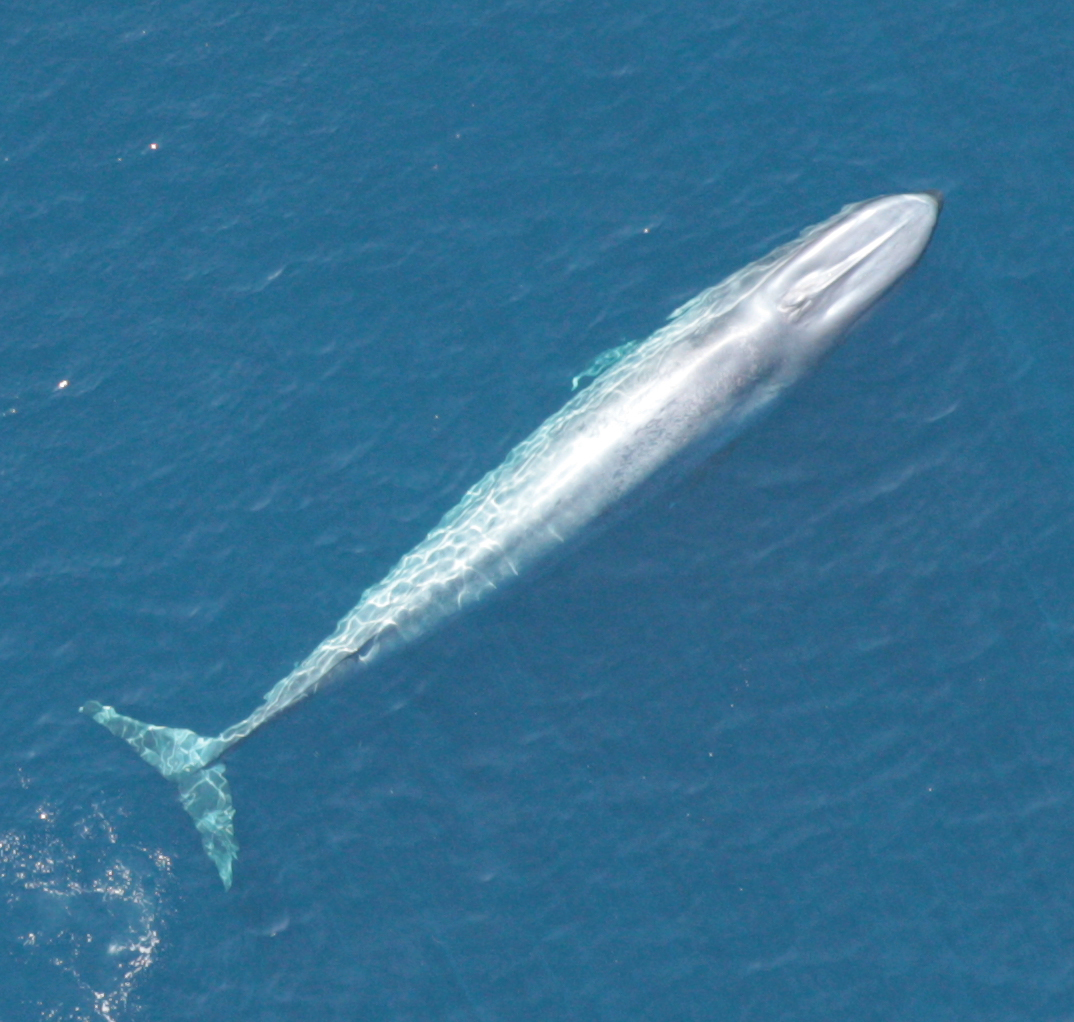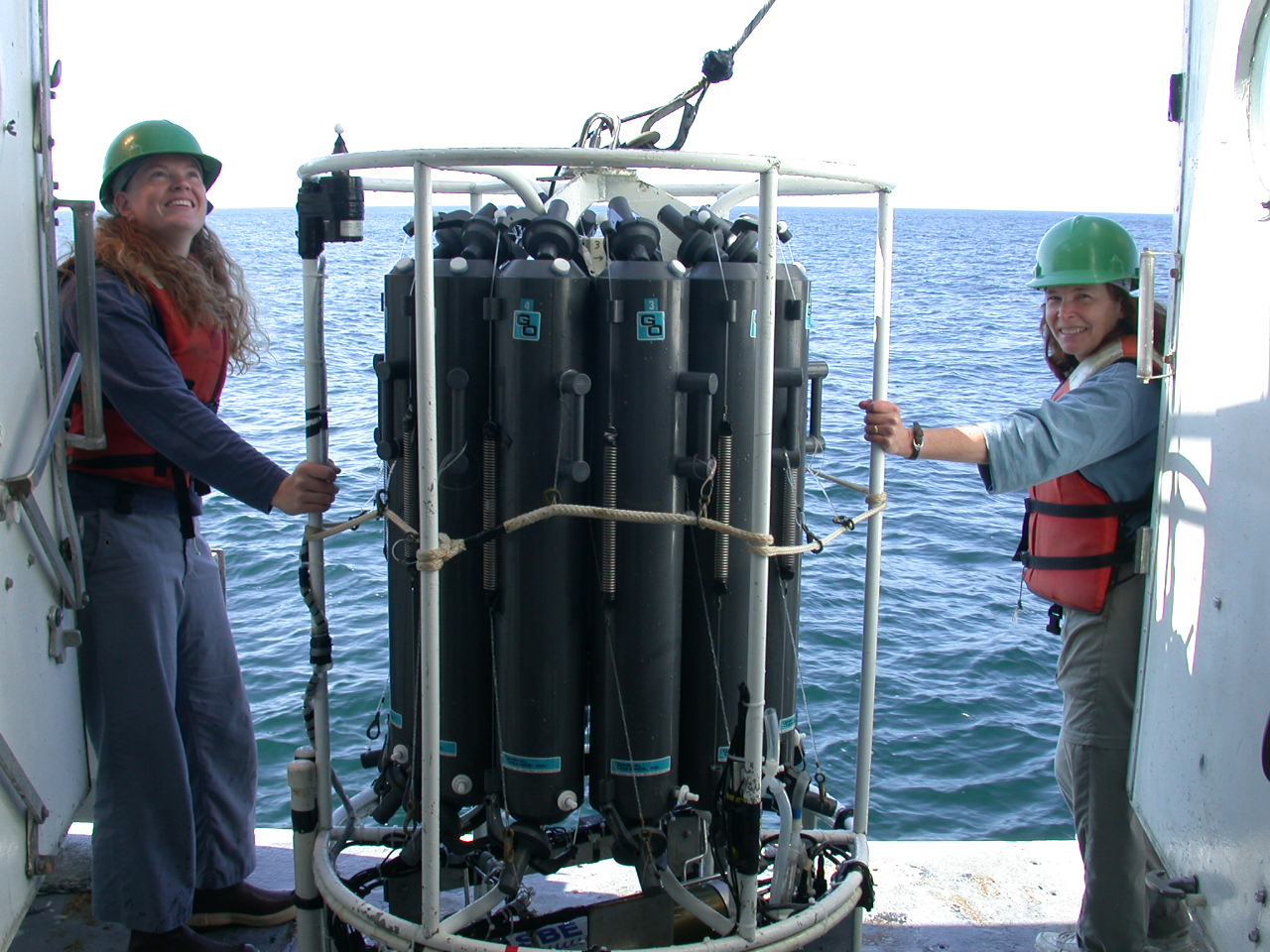New research, lead by Earth and space sciences professor Kate Huntington, is shedding light on how the Tibetan Plateau of south central Asia was at one time much higher than it is today. Its historical heights have long been debated in the scientific community, and Huntington and her team used novel research techniques — including the fossilized remains of snails that once lived in the Plateau’s ancient rivers and lakes — to help answer questions about the region’s distant past.
Read more at UW Today »Join expedition online: UW students help install cabled deep-sea observatory
Students at the College of the Environment got a taste of what doing oceanographic research is all about this summer, spending numerous days at sea aboard the UW’s giant research vessel, the Thomas G. Thompson. The project: installing an underwater, cabled ocean observatory that will give scientists a continuous presence in the Pacific waters off of Oregon and Washington.
Read more at UW Today »UW-built sensors to probe Antarctica’s Southern Ocean
The Southern Ocean plays a major role in taking carbon from our atmosphere and storing it in the ocean. Yet the finer points of what makes these waters so good at doing that are not well known. Notoriously dangerous seas, the Southern Ocean — which surrounds Antarctica — have historically been difficult for scientist to access and study. College of the Environment oceanographers are set to help change that as one of 10 partner institutions in a new National Science Foundation study.
Read more at UW Today »California blue whales rebound from whaling; first of their kin to do so
Populations of the iconic California blue whale have rebounded to near historic levels, a remarkable achievement considering the whales were hunted almost to extinction in the past. The study was lead by graduate student Cole Monnahan and coauthored by aquatic and fisheries sciences professors Trevor Branch and André Punt, and showcases a success story when it comes to conservation management.
Read more at UW Today »Predicting when toxic algae will reach Washington and Oregon coasts
Late summer is the peak time for harmful algae that can turn lakes into toxic scum, cancelling fishing trips and fouling water supplies. While the Pacific Northwest doesn’t get anything near the activity that turned parts of Lake Erie into bright green slime, our coasts are vulnerable in late summer to this largely unpredictable – and in our case unseen – menace.
Read more at UW Today »





